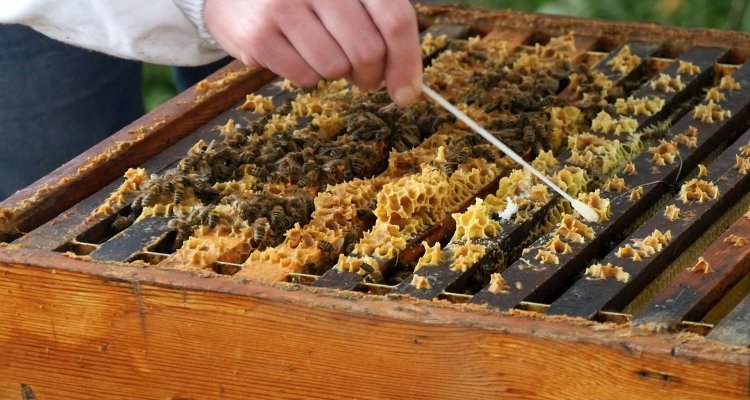
News
PCR test to detect the small hive beetle
Although the small hive beetle is no bigger than the size of a match head, its spread could pose a threat to food production of global magnitude, making detection of the parasite’s presence essential. Researchers of Wageningen University & Research have developed a faster and more accurate diagnostic method to do this.
The small hive beetle lays its eggs in beehives, where the larvae will feed on bee brood, honey and beeswax, which the bee population won’t survive. Because of this and because the parasite’s ability to fly, the beetle threatens honeybee populations in Europe, according to Delphine Panziera, bee biologist at Wageningen University & Research and head of the National Reference Laboratory for bee diseases.
The global food production is also at risk. Honeybees are responsible for 80 per cent of the pollination of vegetable crops like tomatoes, cucumbers, bell peppers and pumpkins. No pollination would mean no seed and crop formation.
In Europe, the parasite only resides in Southern Italy; the area is locked down into quarantine. If the parasite is sighted elsewhere, the honeybee population in question will be destroyed. “The small hive beetle hasn’t been spotted in the Netherlands just yet, and we’d like to keep it that way,” says Panziera.
Swab samples
The newly developed method helps with this. Whenever the presence of the small hive beetle is suspected, the European Union Reference Laboratory for Bee Health stipulates that the beehive of concern should be checked visually. It’s a labour-intensive and time-consuming method, with a high risk of overlooking a beetle. That changes with the new method: lab tests have shown that it can detect even a single parasite in a hive with as many as 50,000 bees.
This new method consists of a PCR test that ‘catches’ DNA traces of the beetle by analysing swab samples taken on the wooden frame inside the hive with a cotton swab. The result may be known within 24 hours. WUR research will perform a field trial this summer.
Watch the video to learn more about the small hive bee and the new detection method.
- Unfortunately, your cookie settings do not allow videos to be displayed. - check your settings